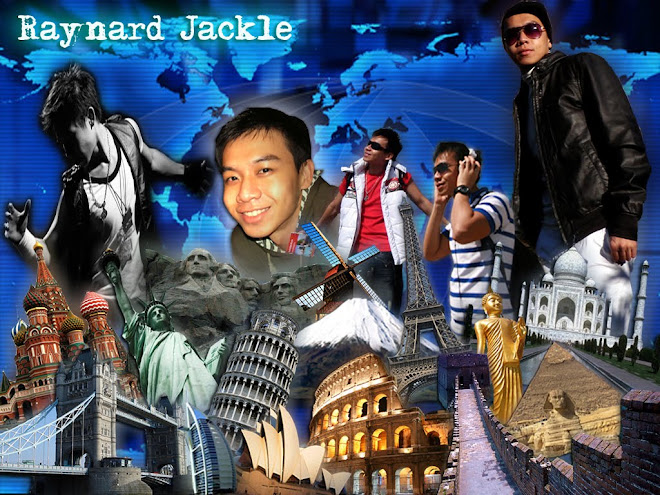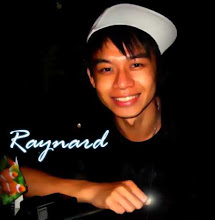Flight No: CX293/CX292 (HKG-FCO-HKG)
Date: 4th Dec - 8th Dec 2009
Flying Hours: 13 hours 55 mins
(GMT +0100)
The Colosseum or Roman Coliseum, originally the Flavian Amphitheatre, is an elliptical amphitheatre in the center of the city of Rome, Italy, the largest ever built in the Roman Empire. It is one of the greatest works of Roman architecture and Roman engineering.
Occupying a site just east of the Roman Forum, its construction started between 70 and 72 AD under the emperor Vespasian and was completed in 80 AD under Titus, with further modifications being made during Domitian's reign (81–96). The name "Amphitheatrum Flavium" derives from both Vespasian's and Titus's family name (Flavius, from the gens Flavia).
Capable of seating 50,000 spectators, the Colosseum was used for gladiatorial contests and public spectacles. As well as the gladiatorial games, other public spectacles were held there, such as mock sea battles, animal hunts, executions, re-enactments of famous battles, and dramas based on Classical mythology. The building ceased to be used for entertainment in the early medieval era. It was later reused for such purposes as housing, workshops, quarters for a religious order, a fortress, a quarry, and a Christian shrine.
It has been estimated that about 500,000 people and over a million wild animals died in the Colosseum games.
Although in the 21st century it stays partially ruined because of damage caused by devastating earthquakes and stone-robbers, the Colosseum is an iconic symbol of Imperial Rome and its breakthrough achievements in earthquake engineering. It is one of Rome's most popular tourist attractions and still has close connections with the Roman Catholic Church, as each Good Friday and the Pope leads a torchlit "Way of the Cross" procession that starts in the area around the Colosseum.
The Colosseum is also depicted on the Italian version of the five-cent euro coin.




 Newly married couple at the church receiving wishes from their friends and family
Newly married couple at the church receiving wishes from their friends and family
























 Reflection shot on car's mirror
Reflection shot on car's mirror


 The Trevi Fountain (Italian: Fontana di Trevi) is a fountain in the Trevi rione in Rome, Italy. Standing 25.9 meters (85 feet) high and 19.8 meters (65 feet) wide, it is the largest Baroque fountain in the city.
The Trevi Fountain (Italian: Fontana di Trevi) is a fountain in the Trevi rione in Rome, Italy. Standing 25.9 meters (85 feet) high and 19.8 meters (65 feet) wide, it is the largest Baroque fountain in the city.







 Vatican City, officially the State of the Vatican City, is a landlocked sovereign city-state whose territory consists of a walled enclave within the city of Rome, the capital city of Italy. At approximately 44 hectares (110 acres) (0.44 km2), and with a population of barely over 800, it is the smallest country in the world by both population and area.
Vatican City, officially the State of the Vatican City, is a landlocked sovereign city-state whose territory consists of a walled enclave within the city of Rome, the capital city of Italy. At approximately 44 hectares (110 acres) (0.44 km2), and with a population of barely over 800, it is the smallest country in the world by both population and area.Vatican City is a city-state that came into existence in 1929. It is distinct from the Holy See, which dates back to early Christianity and is the main episcopal see of 1.142 billion Roman Catholic and Eastern Catholic adherents from around the globe. Ordinances of Vatican City are published in Italian; official documents of the Holy See are issued mainly in Latin. The two entities even have distinct passports: the Holy See, not being a country, only issues diplomatic and service passports; the state of Vatican City issues normal passports. In both cases the passports issued are very few.
The Lateran Treaty in 1929, which brought the city-state into existence, spoke of it as a new creation (Preamble and Article III), not as a vestige of the much larger Papal States (756-1870) that had previously encompassed central Italy. Most of this territory was absorbed into the Kingdom of Italy in 1860, and the final portion, namely the city of Rome with a small area close to it, ten years later, in 1870.
Vatican City is an ecclesiastical or sacerdotal-monarchical state, ruled by the bishop of Rome—the Pope. The highest state functionaries are all Catholic clergymen of various nationalities. It is the sovereign territory of the Holy See (Sancta Sedes) and the location of the Pope's residence, referred to as the Apostolic Palace.
The Popes have resided in the area that in 1929 became Vatican City since the return from Avignon in 1377. Previously, they resided in the Lateran Palace on the Caelian Hill on the opposite side of Rome, which site Constantine gave to Pope Miltiades in 313. The signing of the agreements that established the new state took place in the latter building, giving rise to the name of Lateran Pacts, by which they are known.



















 Florence (Italian: Firenze) is the capital city of the Italian region of Tuscany and of the province of Florence. It is the most populous city in Tuscany, with 367,569 inhabitants (1,500,000 in the metropolitan area)
Florence (Italian: Firenze) is the capital city of the Italian region of Tuscany and of the province of Florence. It is the most populous city in Tuscany, with 367,569 inhabitants (1,500,000 in the metropolitan area)The city lies on the River Arno and is known for its history and its importance in the Middle Ages and in the Renaissance, especially for its art and architecture. A centre of medieval European trade and finance and one of the richest and wealthiest cities of the time, Florence is often considered the birthplace of the Italian Renaissance; in fact, it has been called the Athens of the Middle Ages. It was long under the de facto rule of the Medici family. From 1865 to 1870 the city was also the capital of the Kingdom of Italy.
The historic centre of Florence attracts millions of tourists each year and was declared a World Heritage Site by UNESCO in 1982. Florence is widely regarded as one of the most beautiful cities in the world, and its artistic, historic and cultural heritage and impact in the world remains vast up to this day. The city has also a major European impact in music, architecture, education, cuisine, fashion, philosophy, science and religion. The historic centre of Florence contains numerous elegant piazzas, Renaissance palazzi, academies, parks, gardens, churches, monasteries, museums, art galleries and ateliers. The city boasts a wide range of collections of art, especially those held in the Pitti Palace and the Uffizi, (which receives about 1.6 million tourists a year). Florence is arguably the last preserved Renaissance city in the world and is regarded by many as the art capital of Italy. It has been the birthplace or chosen home of many notable historical figures, such as Dante, Boccaccio, Botticelli, Niccolò Machiavelli, Brunelleschi, Michelangelo, Donatello, Galileo Galilei, Catherine de' Medici, Antonio Meucci, Guccio Gucci, Salvatore Ferragamo, Roberto Cavalli and Emilio Pucci, to name but a few.




















 Museum of the Serial Killers
Museum of the Serial Killers










 See you Rome, I'll be back SOON!
See you Rome, I'll be back SOON! Ready to go to the aircraft and start working
Ready to go to the aircraft and start working
 Picture time in the galley after meal service, with Samantha Liew from Malaysia as well
Picture time in the galley after meal service, with Samantha Liew from Malaysia as well





Videos in the Euro Star & in the hotel restaurant, click PLAY to view:









